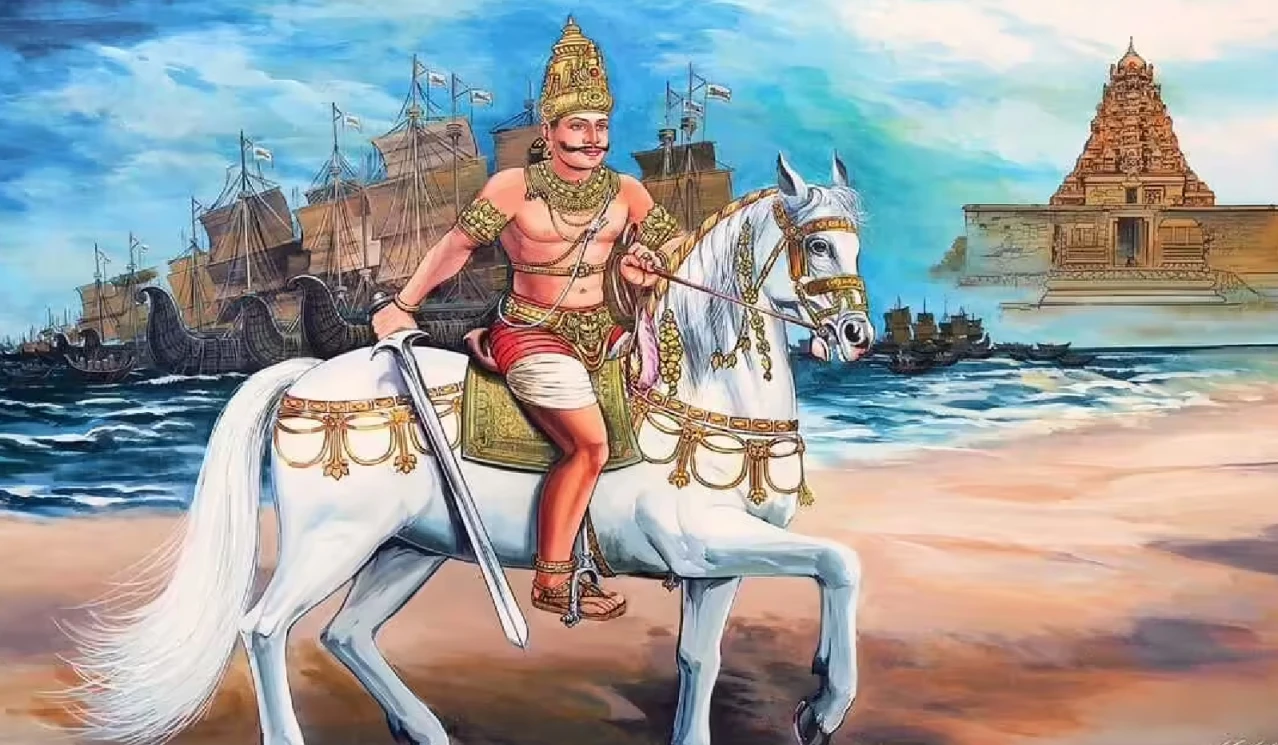Why in the News?
Tamil Nadu government announced to develop 1000-year-old Chola Gangam lake in Gangaikonda Cholapuram.
More on the News
- The announcement was made during Aadi Thiruvathirai Festival to mark birth anniversary of Rajendra Chola I.
- Aadi Thiruvathirai Festival commemorates 1,000 years of Rajendra Chola's maritime expedition to South East Asia and construction of Gangaikonda Cholapuram temple.
- It honours Tamil Shaiva Bhakti traditions, 63 Nayanmars, saint-poets supported by the Chola dynasty and highlights Shaiva Siddhanta philosophy.
About Chola Gangam lake
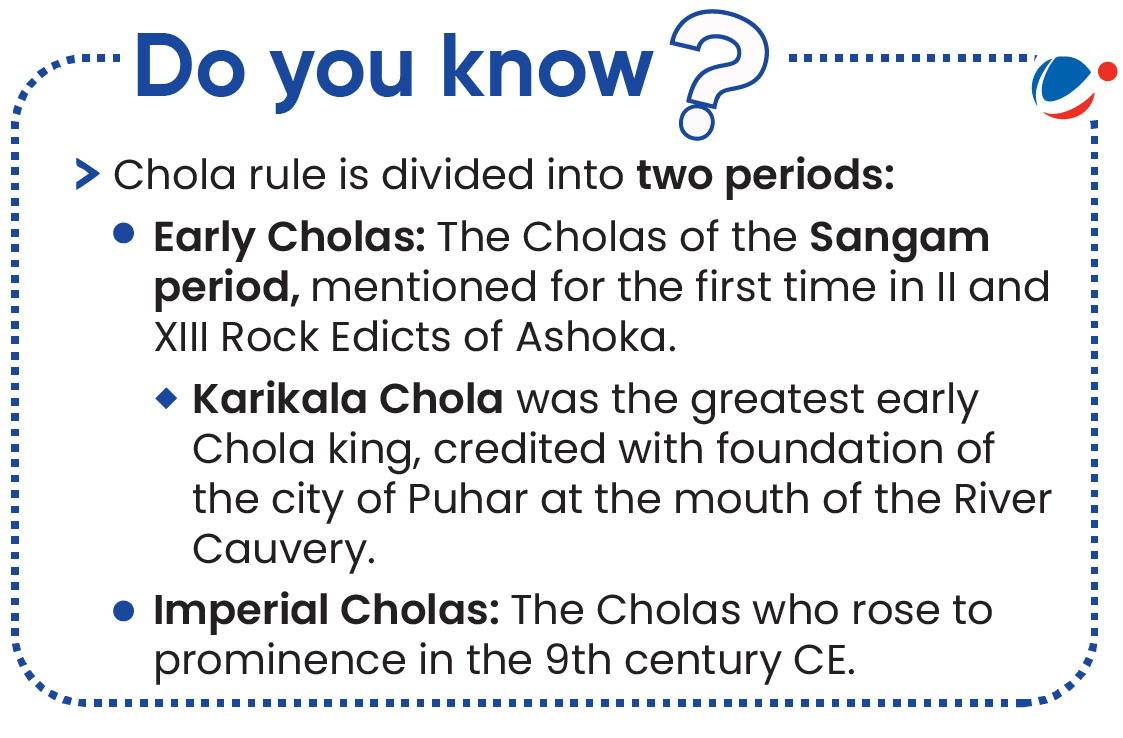
- Chola Gangam Lake, also known as Ponneri Lake, is recognized as the largest ancient man-made lake in India.
- Location: Situated within the vicinity of Gangaikonda Cholapuram in the Ariyalur District of Tamil Nadu, India.
- Construction: By Rajendra Chola I.
- Rajendra Chola I (1014 to 1044 CE) was son of the Rajaraja I, the most powerful Chola ruler.
- He conquered the Ganga valley earning the title Gangaikonda Cholan ("The Chola who conquered the Ganges").
- Gangaikondacholapuram was created as the capital by Rajendra Chola I to celebrate his Gangetic expedition (victory over several kings including the Kalinga ruler and the Pala ruler Mahipala of Bengal) mentioned in Tiruvalangadu Copper Plates.
- History:
- The holy water was brought from Ganges and poured into the lake and was named Chōlagaṅgam.
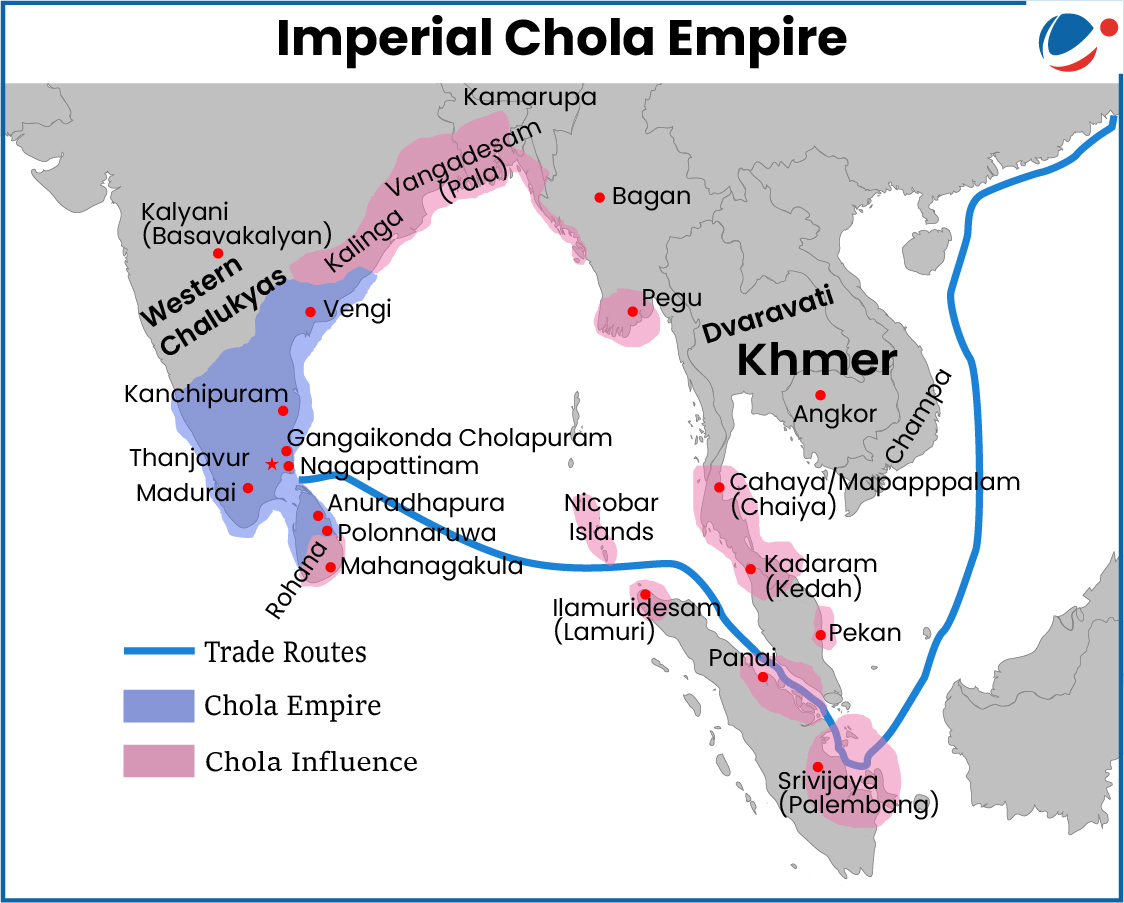
- The lake was the liquid pillar of victory established by the king.
- The lake was called as Poṉṉēri during the Vijayanagara period.
- Water Source: A canal connects lake to Kollidam River, distributary of Kaveri River.
- Structure: Its bunds, strengthened with laterite stones, were built in an elliptical shape.
- Purpose: To supply drinking water to Gangaikonda Cholapuram and irrigation.
About Imperial Chola Dynasty (9th Century – 13th Century)
- Beginnings: Started as minor chiefs in Uraiyur under Pallava, the Cholas rose to power in the 9th century under Vijayalaya Chola.
- Key Inscriptions: Uttaramerur inscriptions detail the Chola administrative system and elections.
- Administration: The kingdom was divided into a number of provinces known as mandalams. The mandalams in turn were divided into valanadu and nadus. The next administrative sub divisions were kurrams and kottams.
- Local Self Governance: Village assembly known as the ur or the sabha whose members were elected by lot, known as kudavolai system.
- Tax System: Vetti (forced labour), and Kadamai (land revenue).
- Maritime:
- Powerful Navy: Rajaraja Chola established a powerful navy further strengthened by Rajendra Chola (Most prominent example: Naval expedition against the Srivijaya Empire in Southeast Asia in 1025 CE).
- Diplomatic and trade relations with Sri Lanka, China, Maldives, and Southeast Asia. (Refer Map)
- Famous Ports: Mahabalipuram, Kavirippumpattinam ( also known as Poompuhar), and Korkai.
- Cultural Marvels:
- Splendid Temples: The Great Living Chola Temples (Gangaikonda Cholapuram, Airavatesvara, and Brihadeeswara) are UNESCO World Heritage Sites.
- Sculptures: Known for exquisite bronze sculptures, especially the iconic Nataraja.
Important Chola Temples
| About Brihadeeswara Temple 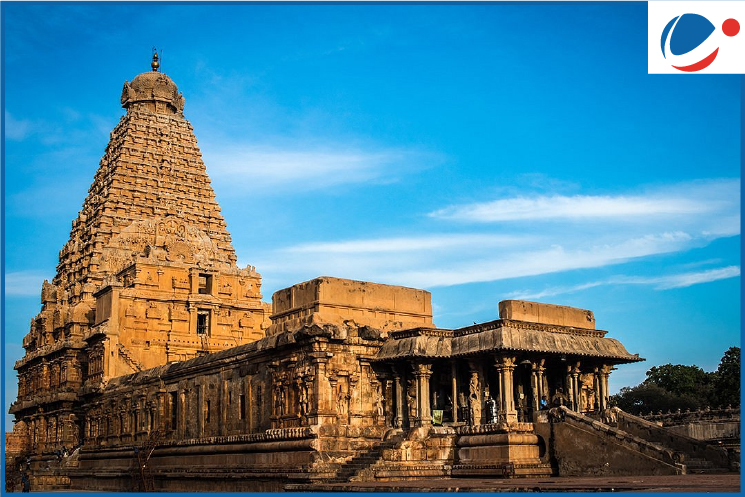 | About Gangaikonda Cholapuram Temple 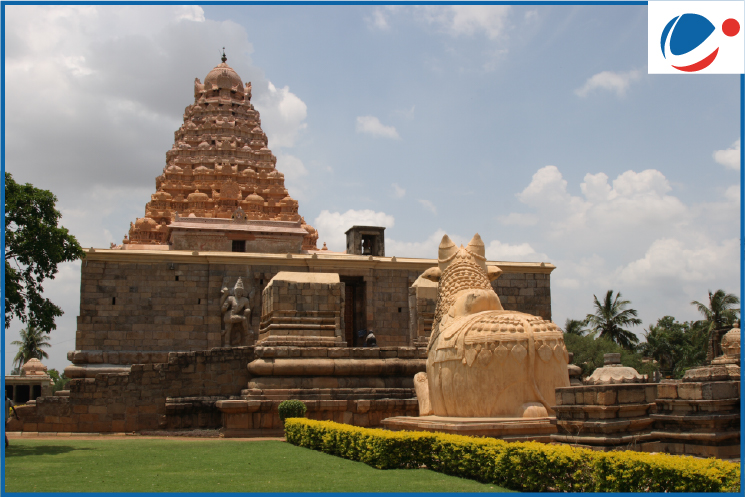 | About Airavatesvara Temple 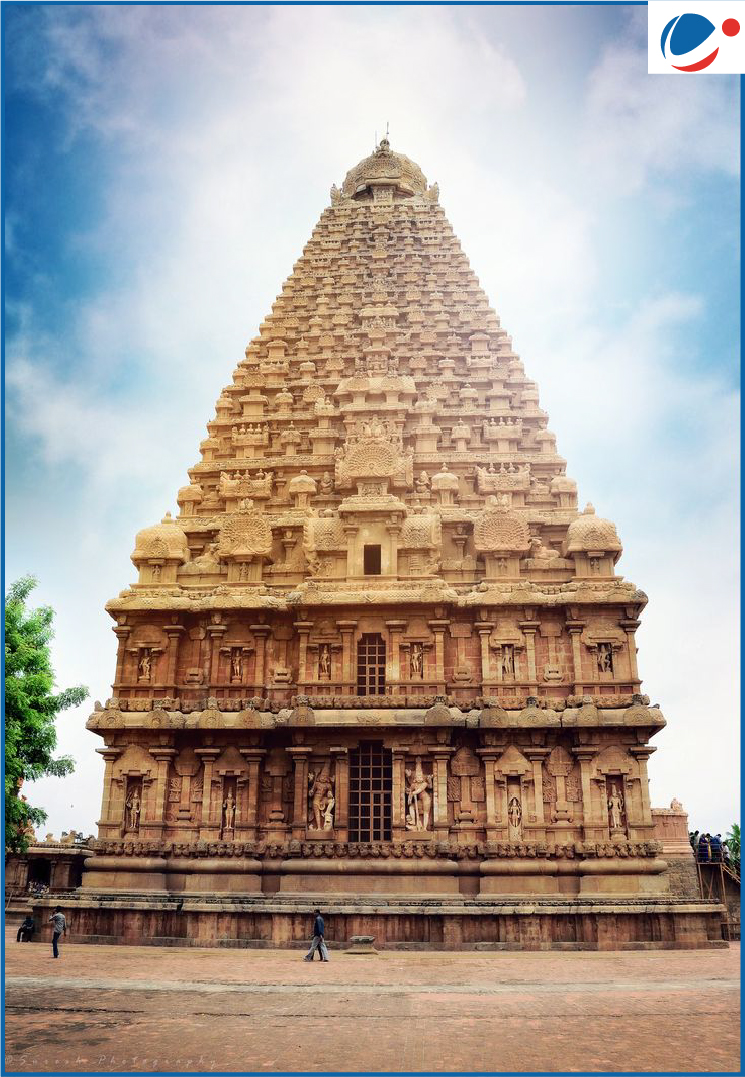 |
Location | Thanjavur district | Gangaikonda Cholapuram | Darasuram in the Thanjavur district |
Architecture | Dravidian | Dravidian | Dravidian with main stonework resembles a chariot. |
Chief Deity | Lord Shiva | Lord Shiva | Lord Shiva |
Time Period | 1010 A.D. | 1035 A.D. | 12th century. |
Built by | Rajaraja Chola I | Rajendra I | Rajaraja Chola II |
Fact | Also known as Peruvudaiyar Kovil. | 55-meter vimana. Also known as the Brihadeeswara temple. | Named after 'Airavat', the majestic white elephant of Lord Indra. |
UNESCO World Heritage Site | Yes | Yes | Yes |
Special Feature | The temple's inscriptions and frescoes narrate the tale of the rise and decline of the city's fortunes. | The temple includes stone sculptures on the niches: Nataraja, Dakshinamurthy, Harahari, Lingodbhava, Vishnu, Brahma, Mahishasuramardhini, Gnana Saraswathi. | The carvings and inscriptions tell stories from ancient Indian Puranas. Steps intricately carved to represent seven musical notes. |
Conclusion
The Chola Gangam Lake and the temples of the Chola period together stand as enduring symbols of the Cholas engineering brilliance, maritime might, cultural patronage, and administrative foresight. The Cholas seamlessly blended utility, artistry, and spirituality. Their legacy seen in water management systems, architectural marvels, maritime expeditions, and promotion of Shaiva traditions continues to inspire Indian cultural pride.




